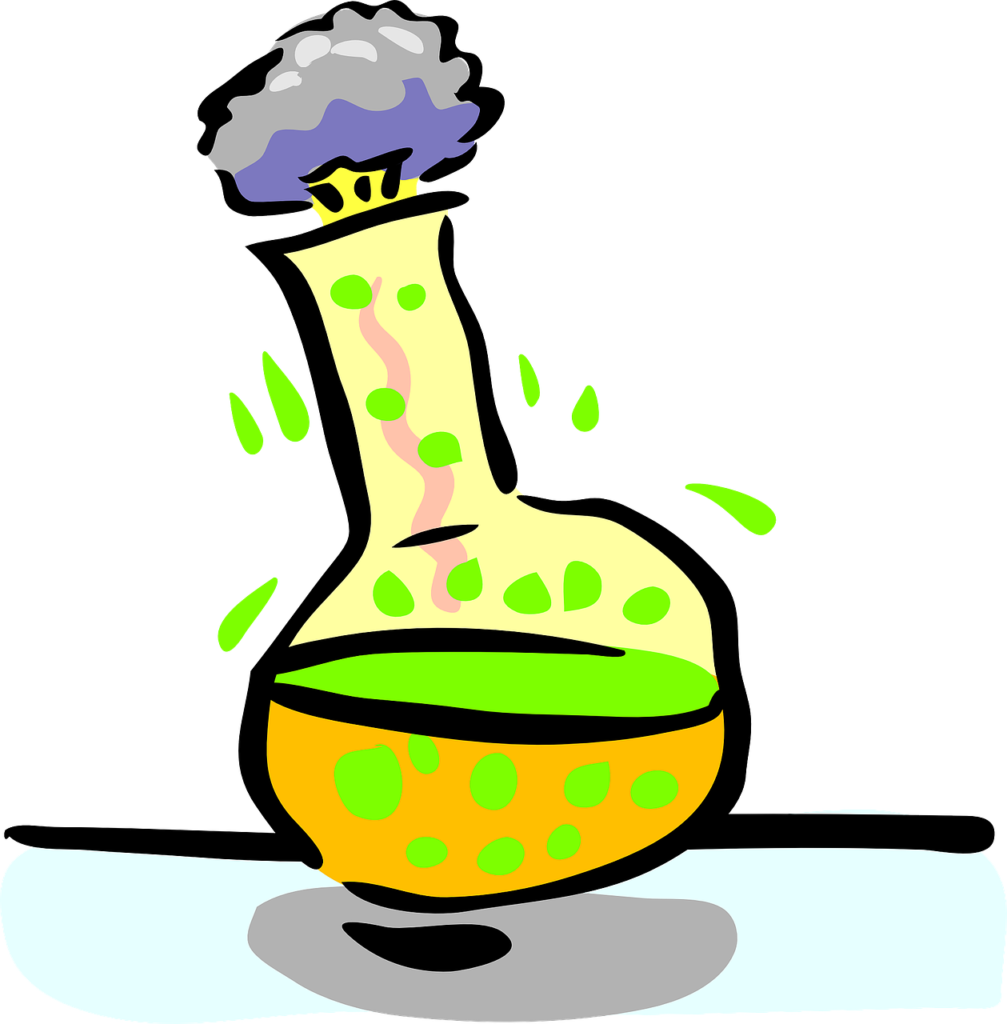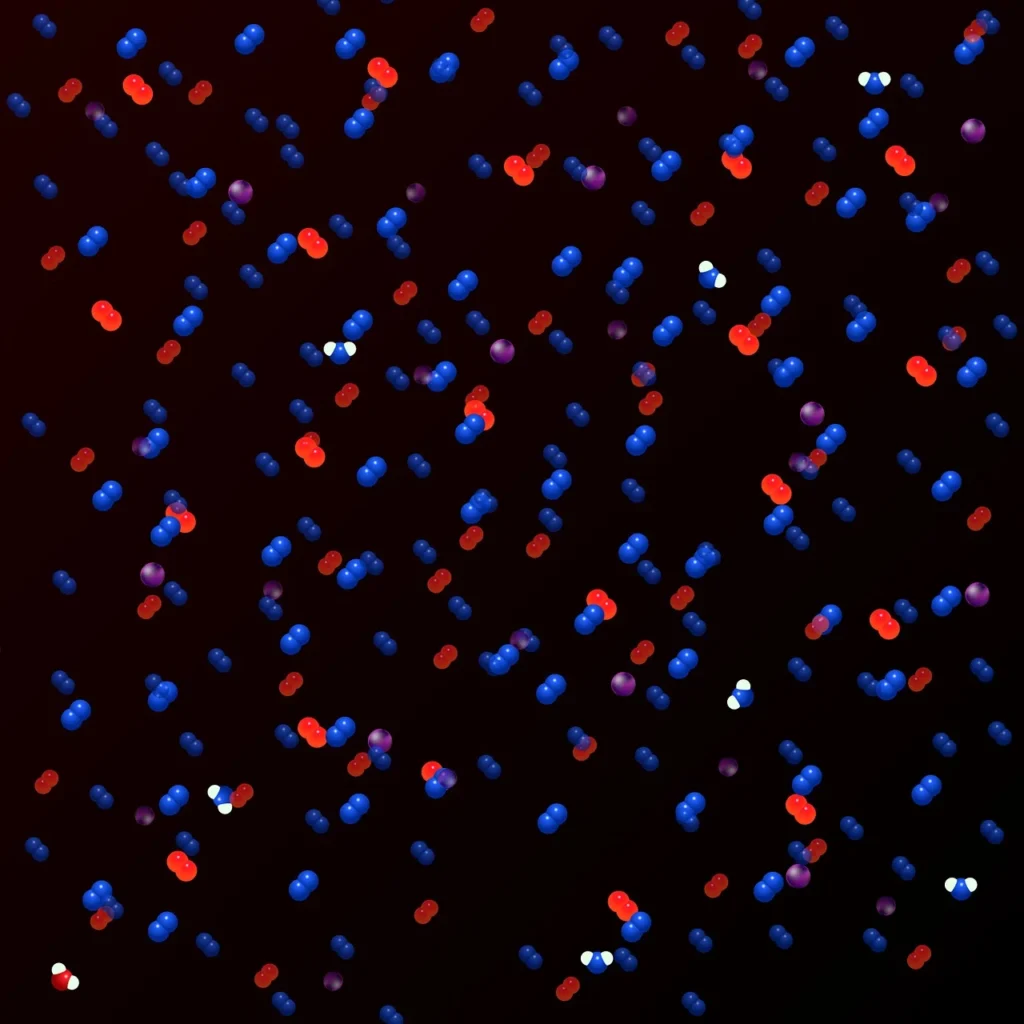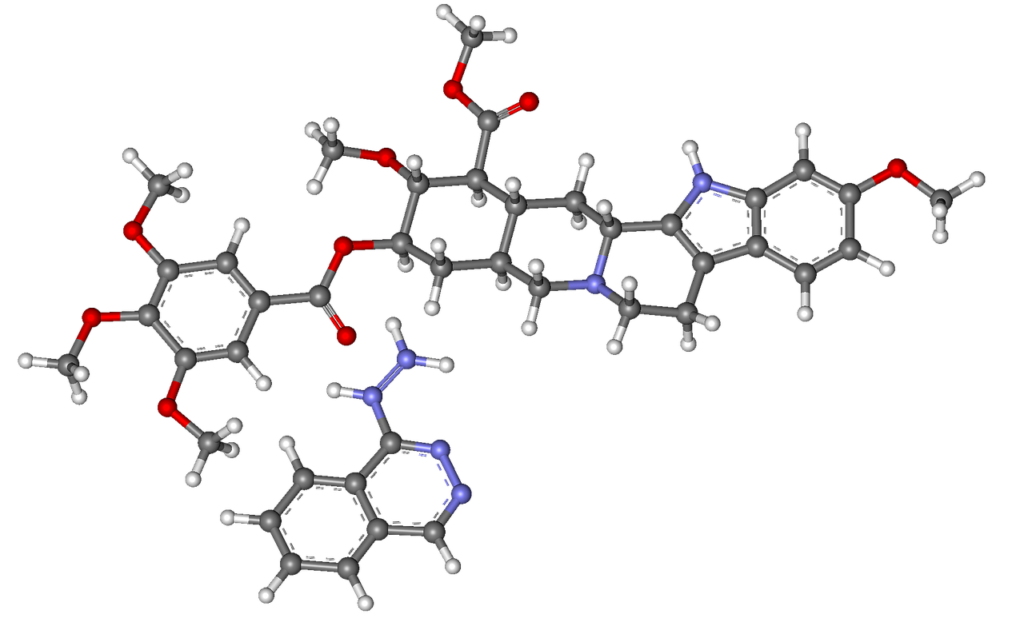While the system is at equilibrium, it does not necessarily mean that the reactants and products are present in equal amounts but their concentrations are stabilised. A number of factors can affect this balance, causing the equilibrium to shift.
These factors are controlling chemical reactions in both laboratory and industrial settings. Equilibrium is a state in which the rates of the forward and reverse reactions are equal and the concentrations of reactants and products remain constant over time.
Factors Affecting Chemical Equilibria :
Concentration of Reactants and Products
In chemical equilibria, the concentration of reactants and products is vital. Le Chatelier’s Principle states that whenever a reactant or product’s concentration changes, the system adapts to reverse the change and return to equilibrium.
Reactant Concentration Increase: The system will favour the forward reaction to make more products, lowering the additional reactant, if the concentration of a reactant is increased.

Increase in Product Concentration: On the other hand, when a product’s concentration rises, the system moves in the direction of the opposite reaction, consuming the extra product to create new reactants.
Drop in Reactant or Product Concentration: When a reactant or product is eliminated, the equilibrium moves in a way that restores the material that was taken away.
Temperature
Because temperature directly affects reaction in kinetics and thermodynamics, it has a large effect on equilibrium. Whether the reaction is endothermic it absorbs heat or exothermic it releases heat to determines the outcome.
In the case of endothermic reactions, raising the temperature gives the forward reaction more energy as it absorbs heat. Lowering the temperature causes the equilibrium to change in favour of the opposite reaction.
For exothermic reactions, increasing the temperature causes the equilibrium to move in the other direction as the system forms additional reactants in an attempt to absorb the extra heat. The forward reaction is favoured when the temperature is lowered.
Temperature changes not only shift equilibrium but can also alter the equilibrium constant (K).

Pressure and Volume
These parameters largely affect reactions incase of gasses. According to Le Chatelier’s Principle, changes in pressure or volume cause the system to react in a way that minimises the disturbance.
Increase in Pressure (or Decrease in Volume): The system shifts toward the side with fewer gas molecules to reduce pressure.
Decrease in Pressure (or raise in Volume): The system shifts toward the side with more gas molecules to raise pressure. The equilibrium position remains unaffected by variations in pressure or volume if the quantity of gas molecules on both sides of the reaction is equal.
Example: For the reaction N2(g) + 3H2(g) ↔ 2NH3(g) increasing the pressure shifts equilibrium to the right (fewer molecules).
Catalysts
By reducing the activation energy for both the forward and reverse processes equally, catalysts speed up the achievement of equilibrium. They don’t, change the equilibrium constant or position. Their function is to guarantee that equilibrium is attained more quickly without altering the ratio of reactants to products.
Nature of Reactants
The equilibrium may be impacted by the physical and chemical characteristics of the reactants, Their reactivity and phase (solid, liquid, or gas). For example:
Compared to solids, reactions in gaseous or liquid phases are more sensitive to variations in pressure and concentration.
• In acid-base processes, stronger acids or bases may cause a larger shift in equilibrium than weaker ones.
Inert Gases
Since the partial pressures of the interacting gases remain unchanged, on addition of an inert gas (such as argon or helium) at constant volume has no effect on the equilibrium position. On addition of an inert gas, raises the total volume at constant pressure, which may cause the equilibrium to change based on how many gas molecules are present on each side.

Presence of Other Substances
The equilibrium may be affected by substances like contaminants, salts, or solvents. For instance, the common ion effect, which occurs when a common ion is added through a salt, can cause ionic processes to lose equilibrium.
For ion-based processes, variations in solvent polarity can change the equilibrium constant.
Applications of Understanding Equilibria
Applications for the concepts of chemical equilibrium are numerous:
Industrial Chemistry: Procedures like the Haber process for ammonia production depend on temperature and pressure manipulation to optimise.
Biological Systems: A lot of biological processes, such oxygen binding to hemoglobin, rely on equilibrium.
Environmental Chemistry: Managing chemical processes in natural systems and reducing pollution are made easier with an equilibrium
Note :
A number of variables, like concentration, temperature, pressure, catalysts, and others, can affect the dynamic state of chemical equilibrium. A useful method for a system’s reaction to have a state of equilibrium is Le Chatelier’s Principle.
In a reversible process, chemical equilibrium occurs when the forward and reverse reaction rates are similar, leading to steady reactant and product concentrations throughout time.
Le Chatelier’s Principle states that:
A reactant’s concentration increases the equilibrium to move to the right (in the direction of products).
• When a product’s concentration rises, equilibrium moves to the left, toward the reactants.
The system moves in the direction that refills the withdrawn substance when the concentration of a reactant or product decreases.
Depending on the type of reaction, temperature has a different effect. In endothermic processes, raising the temperature promotes the forward reaction, but in exothermic reactions, it promotes the reverse reaction.
In both situations, lowering the temperature has the opposite effect.
In gaseous reactions, equilibrium is shifted to the side with fewer gas molecules when pressure is increased (or volume is decreased).
• The equilibrium moves to the side with more gas molecules when pressure decreases (or volume increases).
Changes in pressure have no effect if there are the same amounts of gas molecules on both sides.
Catalysts do not change the state of equilibrium. They only reduce the activation energy for both the forward and reverse reactions, which accelerates the rate at which equilibrium is established.
When a chemical that contains an ion that is already present in the reaction is introduced to the system, the common ion effect takes place. This causes the equilibrium to change in a way that lowers the common ion’s concentration.
Inert gases doesn’t change the reactant or product partial pressures, it has no effect on the equilibrium position at constant volume.
On addition of inert gases at constant pressure expands the system’s volume, depending on how many gas molecules are on each side of the reaction, may cause the equilibrium to change.